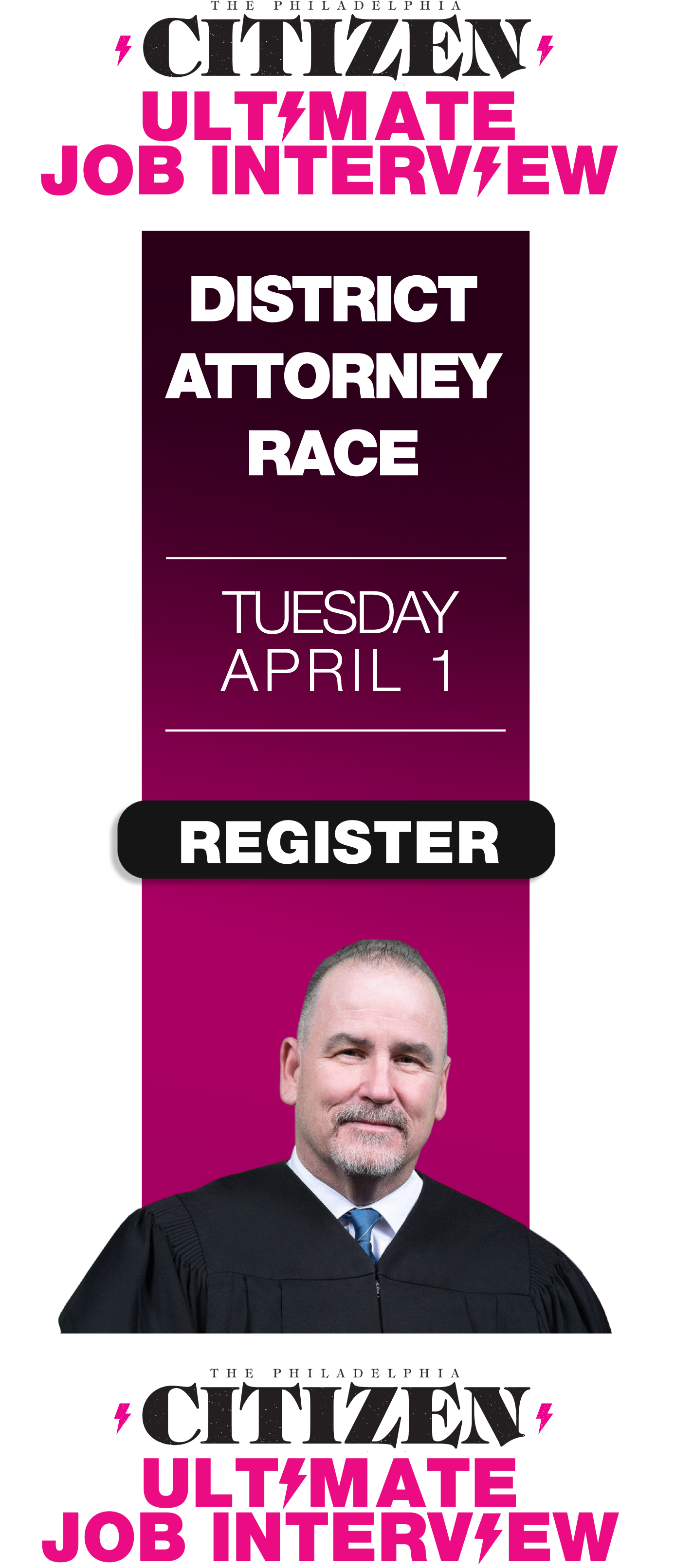Last week’s press conference by the Philadelphia Jobs Growth Coalition was breakthrough public policy strategy. While there is heavy lifting to do before their tax reform plan succeeds, they handed us a blueprint for change.
The Coalition includes prominent business, labor, and civic groups, and Mayor Kenney has endorsed their plan. Kenney shared the endorsement stage with Democratic and Republican legislators, including members of the city’s Harrisburg delegation.
The plan builds on the recommendations of two tax commissions to reduce our overreliance on taxing what can move—jobs and people—and instead shift the burden to what cannot: property. How would this be done? By raising commercial real estate tax rates in exchange for a reduction in the wage tax and the net income portion of the business tax. Residential rates would not be affected.
To accomplish this we need a change in the state’s tax uniformity clause that would allow for a higher rate on commercial versus residential property. That will be a heavy lift, particularly in Harrisburg’s fractious environment.
But let’s put aside the details and concentrate on what makes this strategy a template for other structural changes required over the next several years.
It is worth asking whether other issues can similarly be tackled by broad based coalitions. To do pension reform, Mayor Kenney will have to spend political capital. But it will help him significantly if public unions, business leaders, and others start the hard work of building and selling the necessary social change scenarios.
The Coalition has done three things that make this plan a model to emulate: They’ve built a sound, data-informed strategy; they’ve included diverse constituencies in framing the issues and owning the solutions, and they’ve made the future the primary customer and beneficiary.
The strategy contains no magical thinking in its basic tax case, which has not always been the case with tax reform policies. Rather, it assumes a loss of revenue from one source has to be made up by an increase from another source. Yes, there are assumptions regarding job and real estate growth based on econometric modeling but the basic operating budget of the city is not held hostage to those projections.
I first discussed this proposal with some of the central players in the coalition four years ago. They were convening meetings with labor, business, and political leaders to solicit feedback. This is time consuming work: It involves building the case, presenting it, listening to critiques, re-thinking the case, and then re-convening.
This style of organizing made it possible for others to join the effort; they could own the strategy rather than view it as someone else’s platform. The Coalition’s City Council support alone has been impressive, but combining labor with business groups has been particularly critical. It is in the interest of the building trades and office maintenance workers to promote increased real estate growth, just as it is in the interest of commercial building owners.
In all of the Jobs Growth presentations, the focus has been squarely on the future of the city. The argument has been: Let’s take advantage of today’s growth spurt to fix a structural problem that constrains stronger and more inclusive growth. It’s a strategy that avoids the pitfalls that sometimes hamper policy progress in this town: resorting to economic nostalgia (the factory town), spending more energy pointing fingers than positioning solutions, and showing an unwillingness to take civic risks.
And the Coalition does all of this through highlighting the one most unifying policy theme: jobs.
Brandywine Realty Trust’s Jerry Sweeney has emerged as the most prominent business leader in town, precisely because he is willing to take a visible role and spend personal political capital. That is a very un-Philadelphia thing to do. The last business leader to play this kind of civic role was Willard Rouse.
Leaders take civic risk when they are willing to do and say the unexpected. Anyone following this coalition over the past several years knows that a diverse group of leaders has taken unexpected positions. At the heart of this proposal are commercial building owners willing to advocate for a rise in their own tax rate. They believe in the economics of the proposal enough to assume an eventual rise in asset value and demand, which will more than compensate. But it is a risk. In the meantime, their increased tax rate is what the city needs to make it all work.
Many of those involved point to the pivotal role of Jerry Sweeney, the CEO of Brandywine Realty Trust. He has emerged as the most prominent business leader in town, precisely because he is willing to take a visible role and spend personal political capital. That is a very un-Philadelphia thing to do. The last business leader to play this kind of civic role was Willard Rouse.
The prominence of Brandywine and Sweeney, particularly with the recent announcement of its partnership with Drexel University, is critical to the city’s momentum both as a builder and a civic force. Another civic risk taker, John Fry, Drexel’s President, is now chairing the Greater Philadelphia Chamber of Commerce Board. Harold Epps, a prominent African American business leader who has supported this strategy since the beginning, is now the head of the city’s Commerce Department. He too, is looking to shake a few things up.
Maybe the stars are aligning in terms of civic courage.
Philadelphia has three big agenda items it has to confront: fiscal sustainability, poverty, and economic growth. Each of those issues requires myriad short and long-term initiatives that must be pursued. Some of them are public policy oriented; others have to do with the reform of major institutions; and others require adapting to the changing structure of the labor market and capital investment. The ability to frame issues like tax reform in ways that resonate across each of those domains is smart policy and even smarter civic strategy.
At the heart of this proposal are commercial building owners willing to advocate for a rise in their own tax rate. They believe in the economics of the proposal enough to assume an eventual rise in asset value and demand, which will more than compensate.
As the tax restructuring initiative moves forward, it is worth asking whether other issues central to the three agenda items can similarly be tackled by broad based coalitions. One candidate in need of civic champions is pension reform.
Pension reform is the perennial kick the can down the road issue but that is no longer good enough. It can only get done through a serious coalition ready to build a consensus around solutions. The absence of a solutions oriented movement makes city budgets more precarious, threatens the bond rating of the city, and leads to policy lethargy among leaders who should know better.
The great advantage for Mayor Kenney in supporting the tax reform plan is that he did not have to spend new political capital. He was a supporter of the plan during the campaign and during his City Council years. The coalition brought him a gift-wrapped package. He happily opened it and celebrated.
Pension reform will be different. Here the Mayor will have to spend political capital. But it will help him significantly if public unions, business leaders, and others start the hard work of building and selling change scenarios. The alternatives are not good. Philadelphia is getting more national media around its pension woes. It is time to get media around the solutions instead.
We have a change template in front us. Hopefully we use it.
Photo: Flickr/Christopher Paquette





